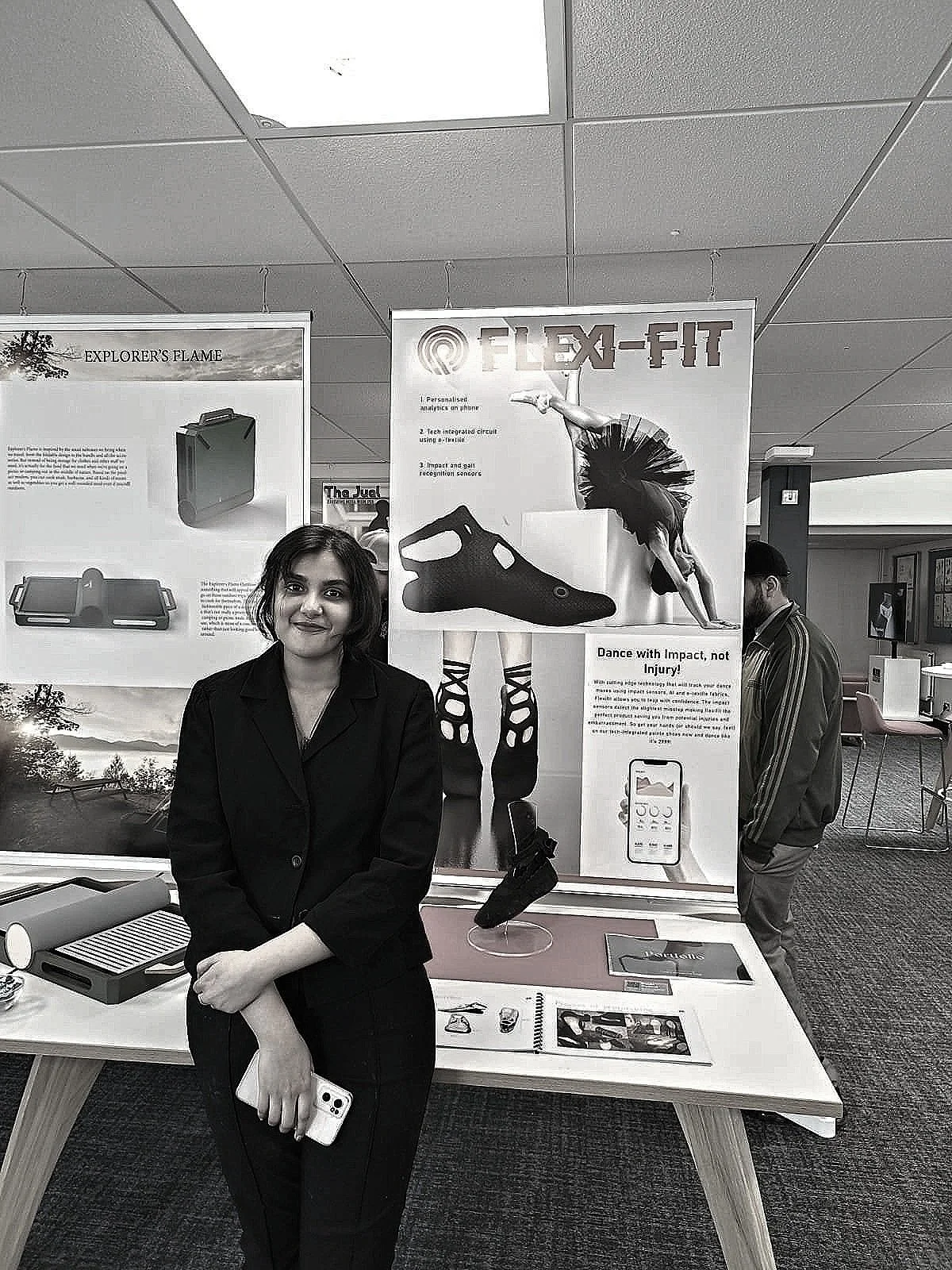Problem Statement
Dancers, particularly in ballet, endure rigorous physical strain, risking fatigue, strain, and injury, exacerbated by specialized footwear like pointe shoes, leading even to toenail loss. Despite needing thickened skin for protection, it often causes discomfort, yet dancers hesitate to remove it, fearing it may impede their performance. Balancing the demands of dance with the necessity of rest is crucial to prevent long-term career-threatening injuries.
Need
Balancing the demands of dance with the necessity of precaution is crucial to prevent long-term career-threatening injuries.
Injuries caused by long-hour practice sessions in ballet can be extensive and debilitating. Dancers often push their bodies to the limit in pursuit of perfection, leading to strains, sprains, stress fractures, and tendonitis. The repetitive nature of ballet movements combined with the high impact of jumps and lifts can result in chronic pain and long-term damage to muscles and joints. Without proper rest and recovery time, dancers are at increased risk of overuse injuries that can sideline them for weeks or even months, impacting their careers and overall well-being. It is crucial for ballet dancers to prioritize self-care, listen to their bodies, and seek professional help when experiencing pain to prevent serious injuries and ensure longevity in their dance careers.
The Arc Angel is a footwear solution that will reduce the impact on dancers feet while in pointe work training. The Arc has major support provided by installed elastic bands, which will encourage proper technique of this form of art. Traditional pointe shoes usually last 8-10 weeks. Using durable materials, the Arc angels will last the dancer for a longer period of time. Another product with AI integration is the shoe on the top which replicates the movements of the dancers and converts them into drawings.
A few existing products….
Observation.
Hidden Problem area
Ballet dancers often face psychological barriers that prevent them from addressing their injuries, rooted in a culture that romanticizes suffering and associates pain with dedication and strength.
Romanticizing Suffering
Pain is seen as a testament to commitment, reinforced by stories of famous dancers enduring hardships.
This mindset discourages acknowledging injuries and seeking help.
Fear of Repercussions
Admitting injuries can lead to fears of losing roles, appearing weak, or jeopardizing careers.
The competitive nature and lack of open dialogue about injuries perpetuate this cycle.
Lack of Awareness
Dancers often lack proper education on injury prevention and the importance of rest.
Comprehensive training on mental health and self-care is needed.
Psychological Impact
Performing despite injuries leads to anxiety, depression, and burnout.
Stress from managing pain and striving for perfection creates a negative body relationship.
The Problem
The Hidden Problem
Philosphy-
The traditional image of the ballerina as a tragic heroine who forgoes her own happiness for the sake of art exemplifies the idea that sorrow is important in ballet. Throughout history, ballets like "Giselle" and "Swan Lake" have praised this romanticised notion of ballet as an art form that necessitates pain and self-denial.Ballet dancers are also expected to strain their bodies to the limit, which can cause physical harm and long-term discomfort. They frequently perform despite their discomfort because they feel that it is essential to their commitment to the art form. The ability to put up with pain and discomfort is highly valued in the ballet culture as it is seen as a sign of strength and dedication.“There are some older dancers that have peculiar ideas about suffering” Minden says. “They believe that it is necessary to suffer in order to be a good artist or that they had to suffer so the younger generation should not get off more easily”. Minden’s pointe shoes have actually been referred to as “the cheater shoe” because they make the dancer’s work much easier.
After conversations with ballet dancers, I realized the real problem is more psychological than physical. Ballet dancers often romanticize suffering, which means that merely changing shoe ergonomics won't address the issue. The solution is to develop a practice shoe that helps dancers practice their movements while learning ways to avoid injuries.
The Solution?
Key Components:
Movement Mapping:
The shoe is equipped with sensors that track the dancer's movements, capturing data on posture, alignment, and pressure points.
Real-Time Feedback:
The shoe provides immediate feedback through a connected app or wearable device, alerting dancers to incorrect postures or risky movements.
Training Programs:
The accompanying app offers personalized training programs and exercises to help dancers improve their technique and avoid injuries.
Progress Tracking:
Dancers can monitor their progress over time, receiving insights into their improvements and areas needing attention.
Educational Content:
The app includes educational materials on injury prevention, the importance of rest, and mental health resources.
Advanced Technology Integration:
Leveraging advances in wearable electronics, the practice shoe captures gait data, which is essential for personal identification and healthcare. This digital system, integrated with e-textiles, transmits wireless sensory data to ensure dancers can practice safely and effectively.
E-Textile Integration:
E-textile technology is used to transmit sensory data wirelessly, mapping physical signals in a virtual space to monitor and improve movement.
Why a Practice Shoe is a Better Solution Than Just Improving Ergonomics
Immediate Corrections:
Real-time feedback allows dancers to make immediate adjustments, preventing the reinforcement of bad habits and reducing the risk of injury.
Personalized Training:
The app tailors training programs to the individual dancer's needs, ensuring that each dancer receives the guidance they need to improve safely.
Enhanced Awareness:
By mapping out movements and providing detailed insights, the shoe helps dancers become more aware of their bodies and techniques, promoting better alignment and posture.
Preventive Approach:
This solution focuses on preventing injuries before they occur, addressing the issue proactively rather than reactively.
Mental Health Integration:
Including educational content on mental health and injury prevention helps dancers understand the importance of self-care and rest, promoting a healthier mindset towards training.
Empowering Dancers:
Providing dancers with the tools and knowledge to correct their own technique empowers them to take control of their health and career longevity.
Addressing Root Causes:
By changing the underlying culture and mindset that glorifies suffering, this solution targets the root cause of many injuries and mental health issues in ballet.


















